I love 35mm film photography. I also love the 35mm focal length. Strangely enough, I’ve devised a social test involving these two facts. The purpose of this test is to identify a person as either a film photographer or digital photographer without directly asking them. It goes like this: Tell the person in question only that you are a “35mm shooter”. A modern film photographer will very likely interpret this to mean the 35mm film format. Their response will be something like, “Oh neat, where do you have your film developed?” A person less than familiar with film photography (most digital shooters) will very likely interpret this to mean the 35mm focal length. Their response will be something like, “Oh that’s cool, Nikon or Canon?”. It’s a relatively quick and painless way to separate the good from the bad (kidding, of course).
Now why on earth would I start the review of a camera with this silly social test of mine? Truth be told, I’ve never read a camera review that started with one and I felt a strong desire to be the pioneer of something. Also, this is going to be a rather extensive review so I figured I’d start things off light. That being said, let’s take an in-depth look at the Leica M2-R.
History Lesson
How the Leica M2-R came to be is an interesting story. Let me begin by saying that the M2-R is a camera that should never have been made available to the public. In 1960, the U.S. Army contracted Leitz to build a batch of M2 cameras that would incorporate a faster film loading mechanism. This was the first implementation of what is now known as the rapid-load 3-prong take-up spool (M4 onwards). These special order cameras were designated as Leica M2S by Leitz (though the top plate still reads M2) and were designated KS15-4 by the U.S. Army. The U.S. Army cancelled its order for the last 2,000 M2S cameras. This cancelled order is what was rebranded and sold to the general public as the Leica M2-R by Leitz New York in 1969/70. For reference, the serial number range of the Leica M2-R is 1,248,201 to 1,250,200.
Technical Attributes
Build Quality
The Leica M2-R was produced during a period that most Leica-philes believe to be the absolute pinnacle of Leitz craftsmanship. Having handled (fondled) every generation of M film camera, I firmly find myself in the camp that believes the build quality and operational precision of the M3, M2, and M4 represents the best Leitz/Leica has ever offered. This level of craftsmanship extends to the Leica M2-R. Simply stated, the M2-R feels like mechanical perfection. Every knob, lever, button, and flap is reassuringly smooth in its motion. Every seam on the camera is tight and there is no flex or give in any part of its construction. The camera is a marvel of design and construction.
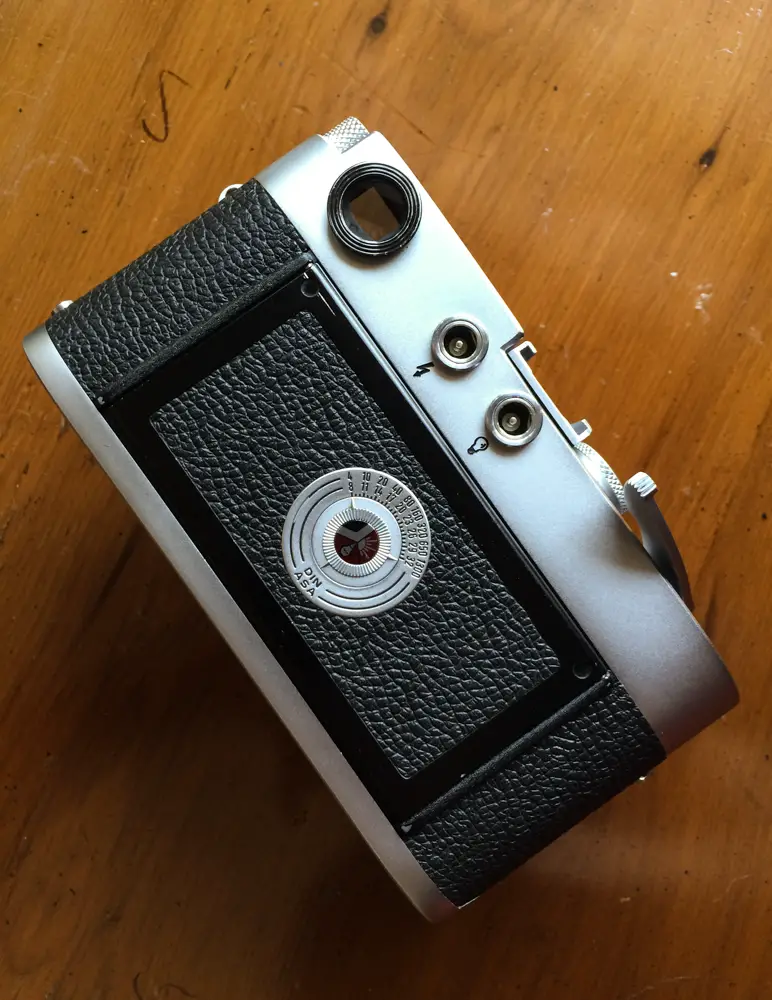
Viewfinder
The viewfinder is without a doubt one the highlights of Leica cameras. When looking through it, I am still amazed by the size, clarity, and connection to reality it provides. Like the M2 and M4, the Leica M2-R provides 0.72x magnification, a perfect match for the 35mm focal length. The 35mm framelines are positioned at the optimal distance from the finder edges. They are still clearly visible, yet leave the vast majority of the viewfinder available for composition.
Like the M2, the Leica M2-R displays unpaired framelines for 35mm, 50mm, and 90mm. This results in a very tidy and clutter-free viewfinder experience. The combination framelines on subsequent Ms leaves something to be desired in terms of viewfinder cleanliness and simplicity (the 50/75 pair being the worst offender in my opinion).
Due to the short eye relief of the finder, those wearing glasses will find it near impossible to see the 35mm framelines. Fortunately, there are screw-in diopters available to remedy this situation. I highly recommend those that wear glasses to try a diopter as it will drastically improve your framing experience.
Film Loading
Those familiar with the M3 and M2 know that loading requires the removal of a take up spool, a careful measurement of film length from cassette to spool, and the reinsertion of the attached pieces. The Leica M2-R was the first M to simplify this process by making it completely internal. The film cassette is partially inserted into its chamber and the film leader is drawn out and inserted between the prongs of the take up spool. The cassette and leader are then pushed all the way into the body so that the film is positioned between the guides. At this point, advancing is possible.
In all honesty, even the rapid-load system takes some time to get down. There are a couple of tricks to making sure the film is loaded and advancing properly. However, once you’ve got it down it becomes an easily repeatable procedure with a very low mis-load rate. I can rewind and reload in about a minute while walking, so I’d consider it to be well-engineered. The same loading system was employed on the M4, M5, M6 and M7 which is a testament to its ease of use and reliability.
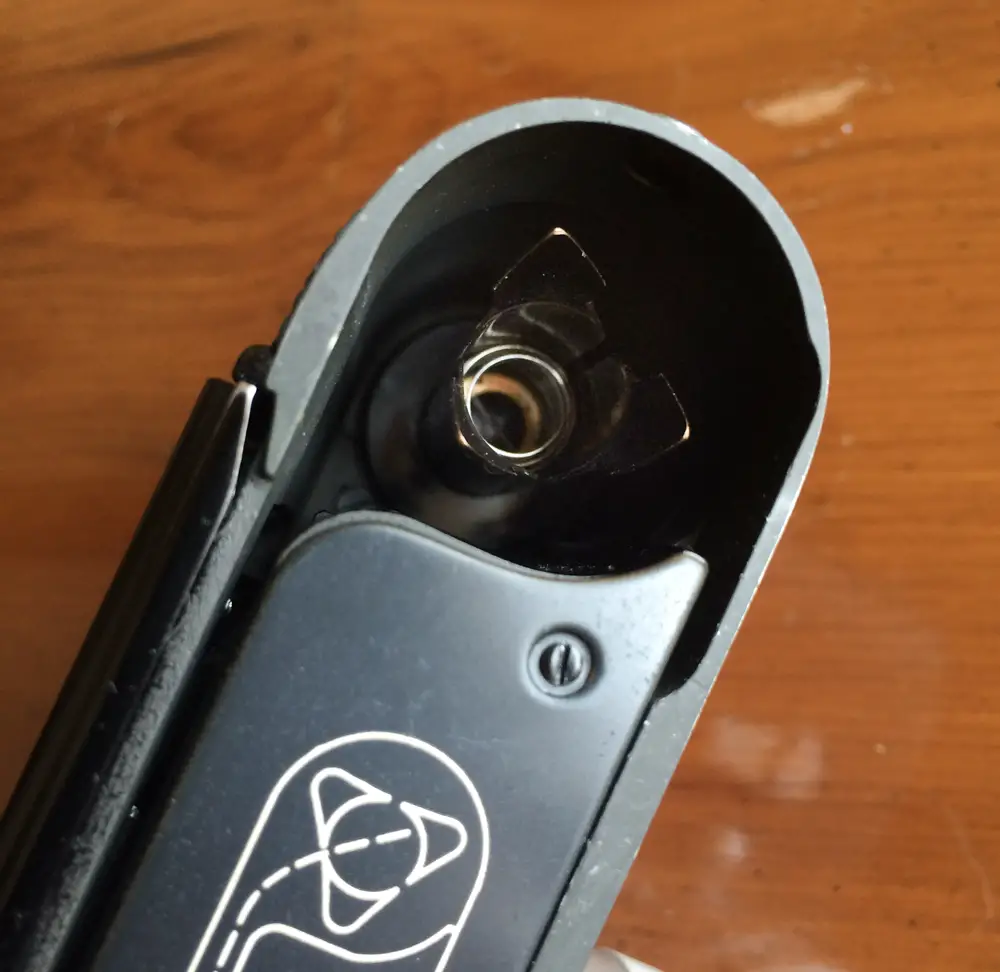
M-Mount
Leica is known for offering some of the best (and most expensive) lenses ever made. Not only are they exceedingly well-built and optically superb, they are advantageously small in size. I won’t bother diving into the different models and years (that’s a different article for a different day), however, I will say that the choice of unique M-mount lenses is vast. Looking for something modern and bitingly sharp? Slap on a 50mm Summicron ASPH. Perhaps you prefer something with a bit more character. A vintage 35mm Summilux is probably a very good bet.
Then there are the other brands: Zeiss, Voigtlander, Minolta and Konica. Each offers beautiful optics at more affordable prices. They fall a bit short of the standard set by Leica, but leave very little to be desired in terms of build quality and optical performance.
I would be remiss in not mentioning the Leica Thread Mount, also known as LTM or M39. LTM is a rather interesting mount because it offers the most diverse range of lenses common to a single mount. The pre-war LTM lenses (1931 – 1945) are uncoated and exhibit a unique low-contrast rendering. Modern LTM lenses offer all of the advancements in optical technology and produce a sharp, high-contrast image. Most LTM lenses are readily adapted and rangefinder coupled to M-mount with an inexpensive screw-on adapter.
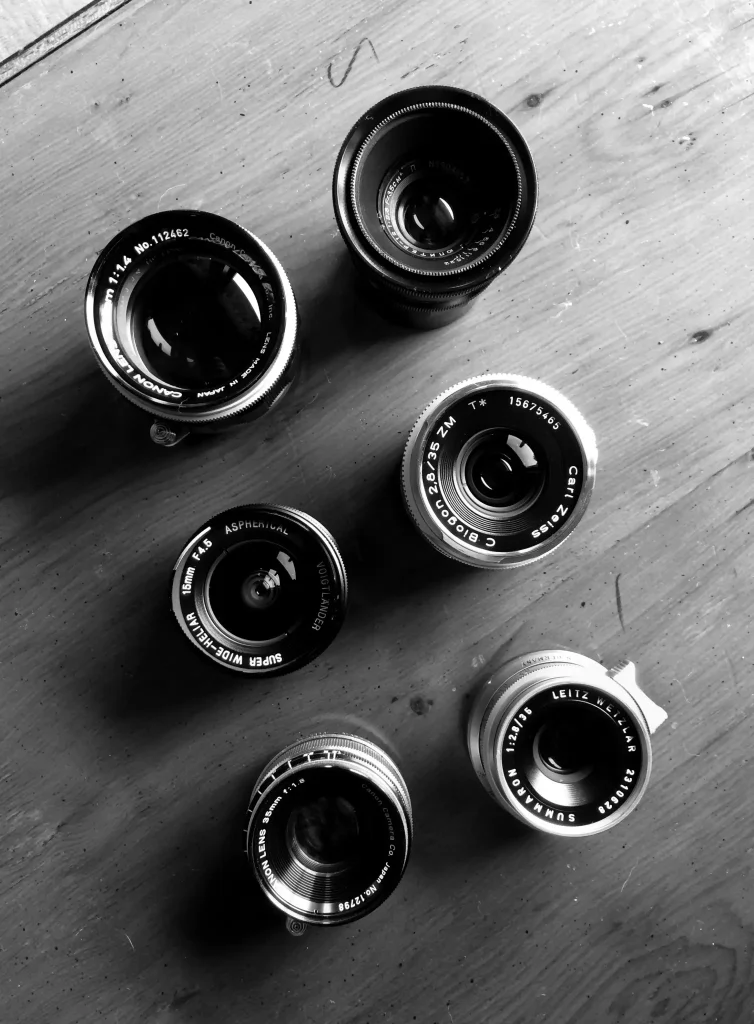
Having these three different sources of lenses to choose from is a huge benefit to M ownership. I can illustrate this point by listing the three primary lenses used on my Leica M2-R: a 1968 Summaron 35mm f/2.8 (M-mount), a modern Carl Zeiss 35mm f/2.8 C Biogon T* (M-mount), and a 1950s Canon 35mm f/1.8 (LTM). Each produces a unique image and has a specific purpose in my photography.
Quirks
The quirks inherent to the M2 are also present in the Leica M2-R. For one, the electronic flash sync is not the standard PC-sync connection. This is remedied with a low-cost adapter that creates a small protrusion on the rear of the camera when attached – be careful not to poke your eye out. 99% of my rangefinder shooting is done without the use of flash, so the lack of a standard connection is of little or no concern to me. Heavy flash users may want to weigh this into the buying decision as the adapted flash connection can be particularly irritating in portrait orientation.
The frame counter requires a manual reset with each new roll of film. There are some moans and groans about this on other M2 reviews, and while it’s not as ideal as the auto-reset on every other M, it’s certainly no reason to choose another camera over this one. Consider this: I shoot the Leica M2-R alongside an M4, one with a resetting counter and one without. Even with the constant camera flip-flopping, I have never loaded the Leica M2-R and started shooting without first resetting the counter. Unless you are a generally forgetful person, it’s a non-issue.
Vs. the M2 & M4
Is the Leica M2-R any better or worse than the contemporaneous Leicas? The short answer is, no. Next to the M2, the M2-R gains the rapid-load system and forgoes nothing. Next to the M4, the Leica M2-R retains that glorious unpaired 35mm frameline, however, it lacks the rather convenient auto-resetting frame counter. Personally, I’ll take the unpaired 35mm frameline over the auto-resetting counter every day of the week. The shooting experience between these three is essentially identical. There’s not very much to set these three cameras apart.
Why then, would you spend twice as much on something that offers no clear advantage? I have no logical answer to that question. The only reasons I can think of are: it’s pretty rare, it has an interesting history, and anything with ‘-R’ appended to it is just cool as hell. If you don’t geek out on these details, go find a beautiful M2 or M4 for about $1000 less. You’ll sleep with the warm and fuzzy assurance of knowing it was money wisely spent.
A Street Photographer’s Thoughts
Most of the pictures I make with the Leica M2-R are fast-paced street shots. I have a split second to make a compelling composition and virtually no time to make an adjustment to exposure or focus. You may be asking yourself, why would I use such an unsophisticated (no auto-exposure, no auto-focus) camera for such a demanding task? To me, there are two compelling reasons: 1. It’s the best camera for the job once you’ve adapted to it 2. It will make you a better photographer. Allow me to elaborate on these points.
The Best Camera for the Job
To the layman, a Leica M looks like a small and interesting retro thing. It poses little or no threat to the person in front of the lens. In fact, a lot of the people who catch me photographing them are curious to know more about the camera. This attitude towards vintage compacts and rangefinders allows me to take shots I would never dare to with a full-sized SLR. It opens the door to very intimate photos in a way only few cameras can.
Technically speaking, there are few things that make a film M the perfect camera for street-style photography. The first, and probably the most important, is near-zero shutter lag. In fact, any lag it may experience is imperceptible to me. When I press the shutter release, I know it captured that precise moment in time. My experiences with premium automatic point and shoots (also employed by many street photographers) left a lot a lot to be desired in terms of instantaneous image capture.
The second benefit is the additional real-estate outside of the framelines. There’s not much extra space outside of the 35mm lines, but there is enough to see things immediately outside of the frame that you may want to include in the image. I prefer this to seeing only what the lens sees. With a 50mm lens attached, there is enough area outside of the framelines to create and hold a composition while tracking a subject’s movements outside of the frame. This makes it much easier for a photographer to judge a subject’s movement and velocity as it approaches the frame – very beneficial to street photography.
The third and final benefit is no viewfinder blackout. I mentioned before that the viewfinder provides a strong connection to reality. The lack of blackout is probably the primary contributor to this perception. I click the shutter, nothing happens. There’s no disconnect from the scene. With an SLR, it feels like the scene is resetting every time I release the shutter.
A Better Photographer
I will confess to being a technical person that tends to get hung up on the details. This tendency towards perfection was an obstacle standing between me and meaningful photographs. Shooting the Leica M2-R forced me to forget about the less important things and focus my attention on what really matters: creating a strong image.
Autofocus and internal metering are wonderfully convenient, however, sometimes they are completely unnecessary and serve only as mental distractions. This was certainly the case with my style of photography. I was so caught up in making small and ultimately insignificant adjustments that the camera was receiving more of my attention than the scene itself. Well, there’s one surefire way to break this habit: use a meter-less, manual-focus camera.
The employment of a camera like the Leica M2-R for street photography is all about approximation and estimation. I judge the scene and make a quick estimation of exposure (relying on film latitude) followed by a quick approximation of focus distance (relying on depth of focus). In the moments leading up to shutter release, my only considerations are composition, subject and the decisive moment. I’ve found this to be an immensely liberating method to photography. More importantly, I feel it has made me a better photographer.
Final Thoughts
In a recent review of his, Hamish remarked on the correlation between how he writes and how he feels about a camera. Before I started writing this review, there was never any intention for it to be an exhaustive piece on an early Leica M camera and its application to street photography. It was to be a simple, fact-based presentation of the Leica M2-R. About 30 minutes into my writing, something happened. Ideas began flooding my mind and I felt the need to make sentences out of them. I believe they call this inspiration. My experiences with the Leica M2-R were inspiring me to write something more meaningful. And it dawned on me that this is an inspirational camera. It inspires me to shoot more often, to make better photographs, and to write better reviews. I don’t think I could ask much more of a camera.
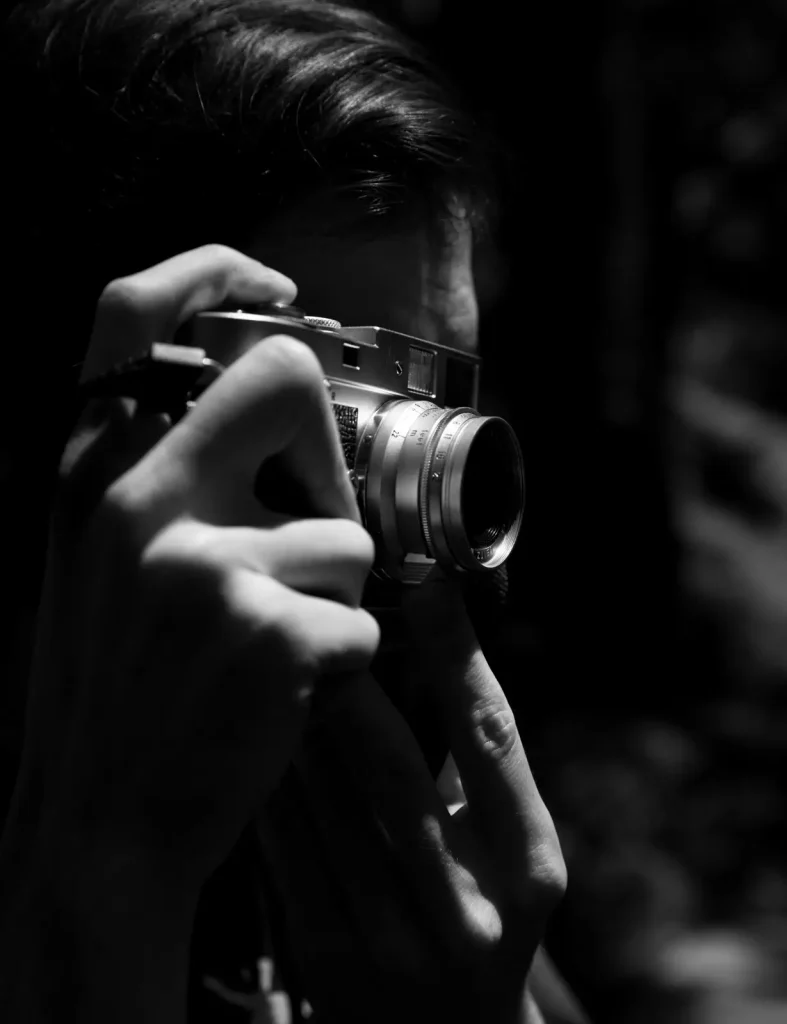
See my work at: www.instagram.com/mendocinos_villain
Share this post:
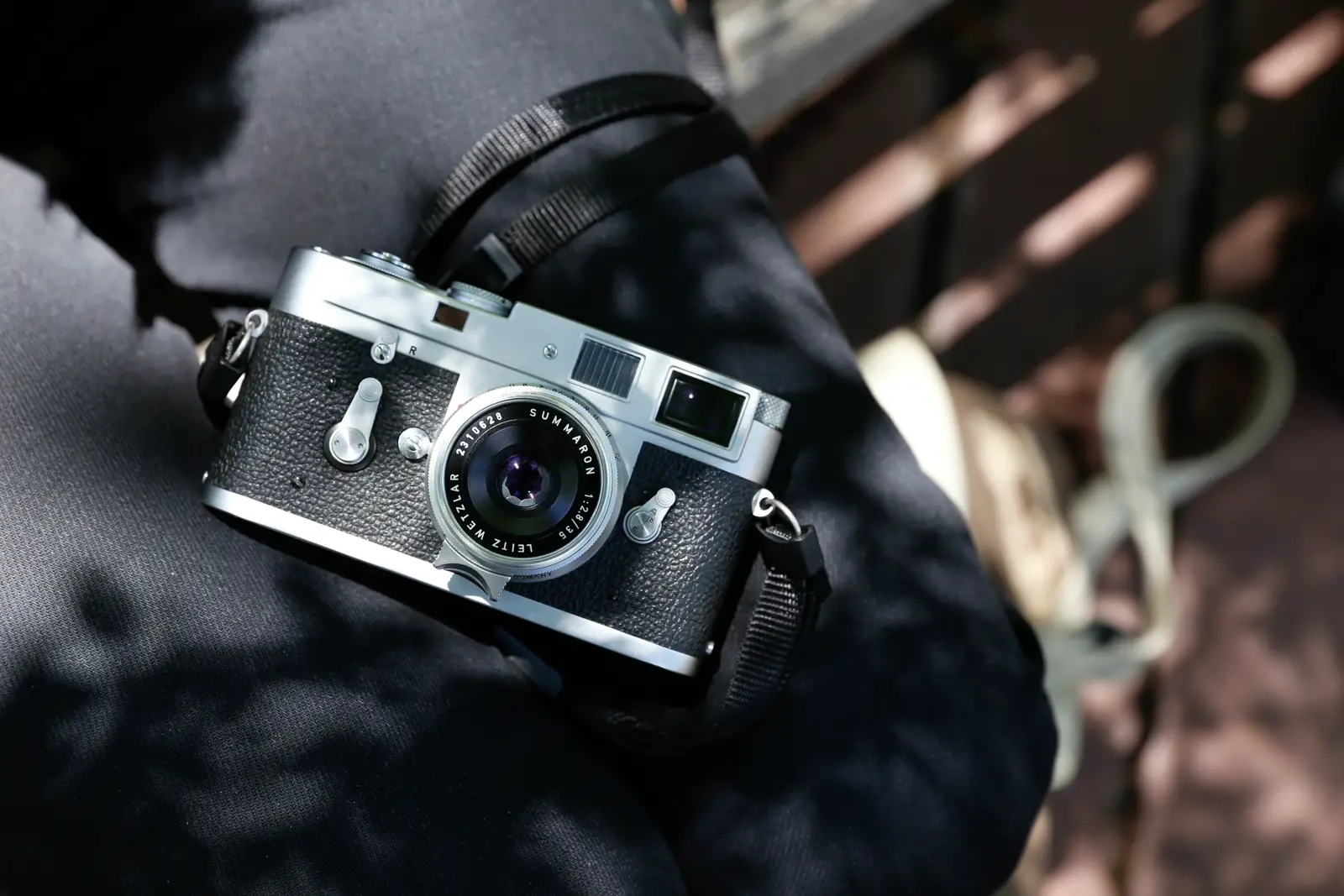
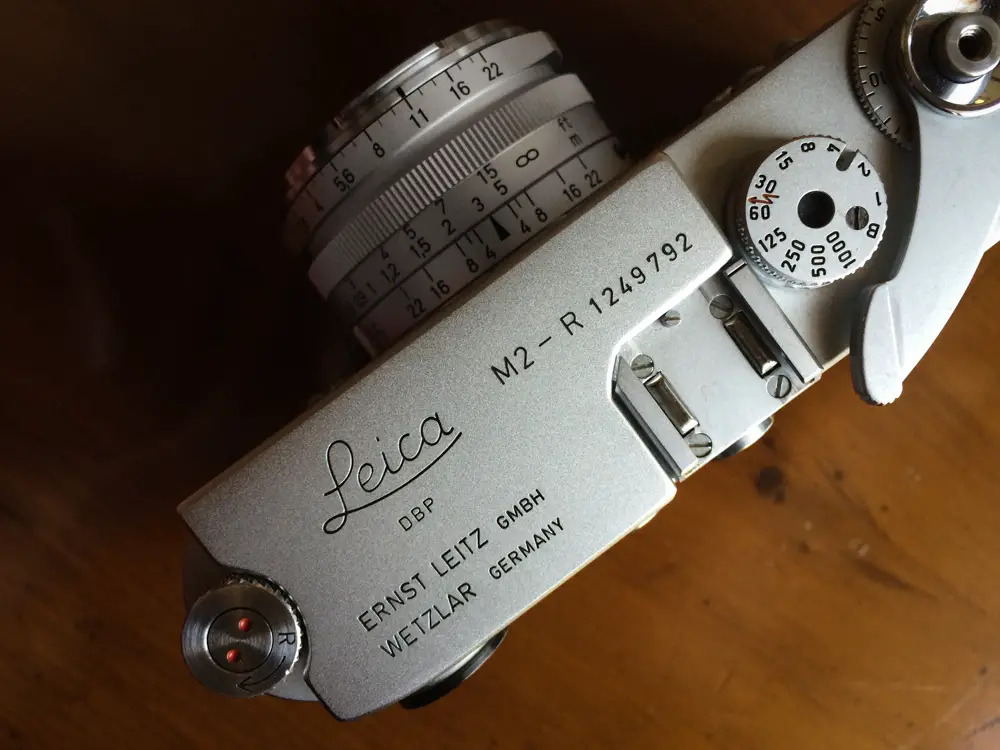
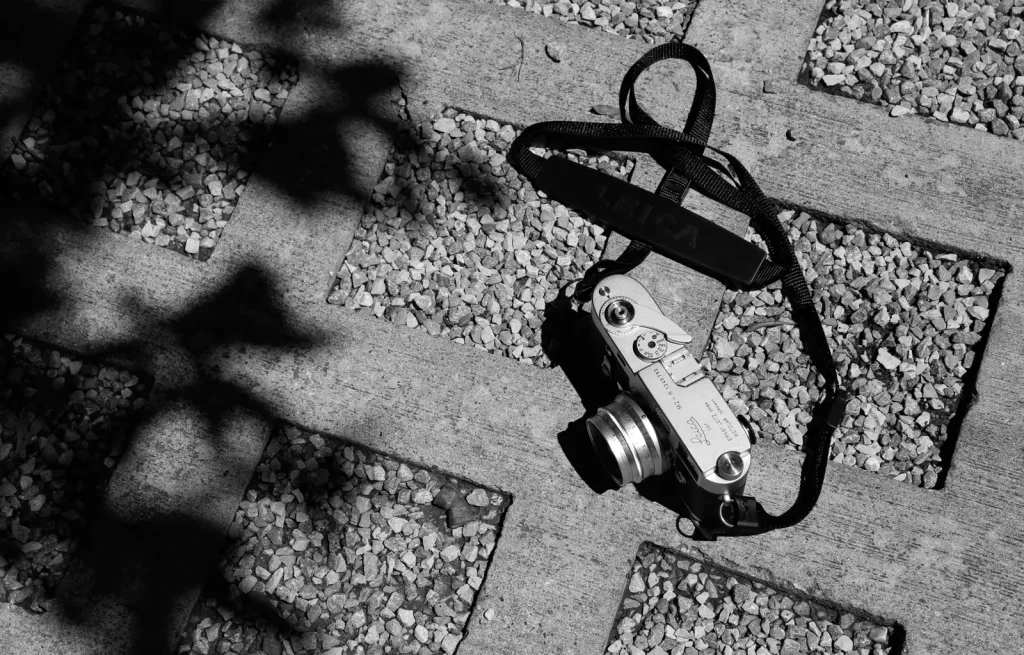








Comments
Jerry on Leica M2-R review – by Alex Hakimi
Comment posted: 01/06/2016
Comment posted: 01/06/2016
Shawn on Leica M2-R review – by Alex Hakimi
Comment posted: 02/06/2016
Comment posted: 02/06/2016
Frank on Leica M2-R review – by Alex Hakimi
Comment posted: 02/06/2016
Comment posted: 02/06/2016
Eric on Leica M2-R review – by Alex Hakimi
Comment posted: 07/06/2016
I think that's my favorite thing about shooting Leica! (M4-P here too!)
Comment posted: 07/06/2016
jim on Leica M2-R review – by Alex Hakimi
Comment posted: 16/07/2016
Comment posted: 16/07/2016